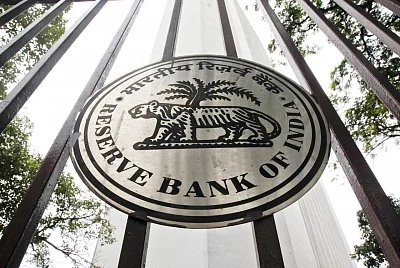New Delhi, June 7 (IANS) Despite a large growth in digital payments after demonetisation of Rs 500 and Rs 1,000 notes in 2016, cash is "deeply embedded" in the payment system in India, according to a new report from the Reserve Bank of India.
At 11.59 per cent of Gross Domestic Product (GDP) India had a high cash in circulation in 2012, said the report titled "Benchmarking India's Payment Systems".
Demonetisation and an active growth in GDP brought down the active cash in circulation as a percentage of GDP to 8.7 per cent in 2016, but it again increased to 10.7 per cent in the very next year, the research showed.
"Although cash is deeply embedded in the payment systems in India, planned efforts post-demonetisation have shown that a shift from cash to digital can be achieved," said the report.
The study showed that the demand for cash remains robust around the world and India ranked 11 among 16 countries for which data was available, said the report, adding that data was not available for cash preferred economies like Japan and Germany.
"Cash, like other forms of money, is used both as a means of payment and a store of value," said the report, adding that "demand for cash continues for various reasons."
"The payment systems transactions at 78 times the cash in circulation in the year 2017 establishes that India has a moderately strong bias for cash payments," the report added.
The amount of cash in circulation is indirectly related to the use of cash as a payment method.
"It is assumed that having high cash in circulation relative to GDP indicates cash is preferred as a payment instrument. Based on this assumption, India continues to have a strong bias for cash payments," said the report.
However, at $218, per capita cash in circulation in India, is quite low among all the major countries, showed the findings.
But low per capita cash in circulation may be a proxy for low income levels.
In 2012, India had lowest cash in circulation at $174 per inhabitant and Indonesia was next lowest at $186 per inhabitant.
The cash per inhabitant continues to be low for India, said the report.
--IANS
gb/prs
(This story was auto-published from a syndicated feed. No part of the story has been edited by The Quint.)
(At The Quint, we question everything. Play an active role in shaping our journalism by becoming a member today.)
